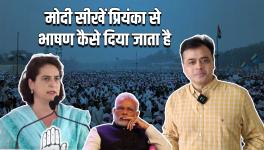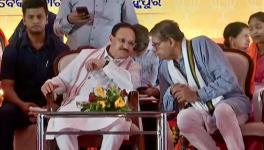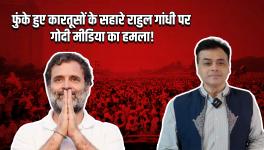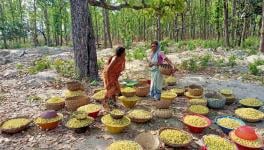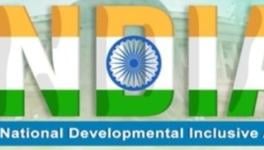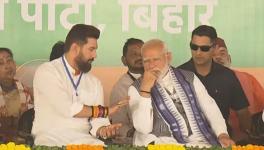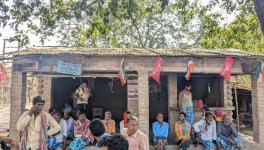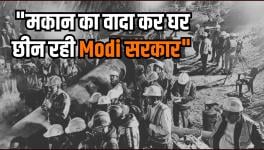The Modi Years: Rural Wages Saw Further Squeeze
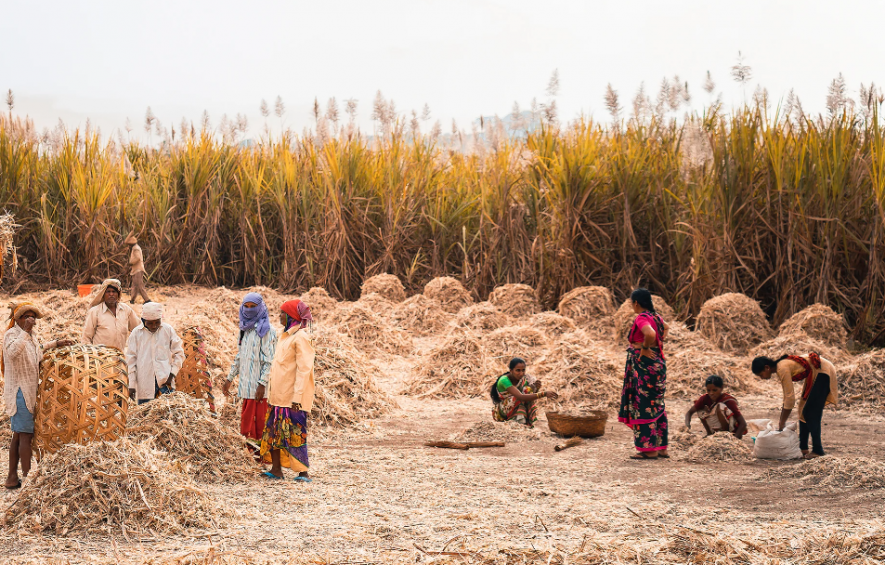
Agricultural workers (File Photo/Credit: Pixahive)
By now it is well-established by several researchers that the real wage rate in rural India, whether of agricultural labour or of rural labour in general, remained virtually stagnant between 2014-15 and 2022-23 (Das and Usami in Review of Agrarian Studies, July-December 2023; Jean Dreze and Ritika Khera’s findings reported in The Telegraph, April 21, 2024). The price index used for calculating real wage movements in such studies is the Consumer Price Index for Agricultural Labourers (in the case of agricultural labourers) or the Consumer Price Index for Rural Labour (in the case of rural labour generally).
The problem, however, is that these price indices have 1986-87 as the base year, which means that they indicate the rise in the price of a basket of goods that constituted the consumption basket of the social group in question in that base year. Since the basket it consumes has changed significantly over time, taking a basket that belongs to 1986-87, nearly four decades ago, is obviously grossly inadequate for measuring the impact of inflation on that group.
It is better to take a more recent consumption basket. This is why we take for the present discussion the consumer price index for rural areas, which is also an official price-index but has 2010 as the base year, to deflate the money wages of labourers. When we do so, we find a decline, no doubt small but an absolute decline nonetheless, in the real wages of rural labourers between 2014-15 and 2022-23.
For agricultural labourers engaged in ploughing, for instance, the real wage rate between 2014-15 and 2022-23, far from remaining constant, declined by 2.7% between these dates. Similar calculations can be made for other activities and the same conclusion holds, of a decline in the real wage rate of workers in several activities. It follows, therefore, that the last decade has actually seen an absolute decline in the real wages of rural labour.
This is a striking conclusion. No previous government has made as much of a hullabaloo about GDP growth as the present government, though, notwithstanding all this hullabaloo, the GDP (gross domestic product) growth has actually slowed down during the Modi years compared with earlier.
Prime Minister Narendra Modi has talked ad nauseam about India becoming a $5 trillion economy, and his acolytes even behave as if this is already an accomplished fact. But while the PM has been obsessed with GDP growth, the poorest segment of India’s population, which undoubtedly is synonymous with rural labourers, has seen an absolute deterioration in its living standard.
But that is not all. Dreze and Khera point out that each one of the five social security schemes that existed in 2014, namely the PDS (public distribution system), the MGNREGA (the rural job guarantee scheme), maternity benefits, social security pensions, and child nutrition through the Integrated Child Development Scheme (ICDS) and the Mid-day Meal Scheme, has been undermined over the last decade by the National Democratic Alliance government.
The PDS now excludes crores of new additions to the population since no census has been held after the 2011 census; the wages paid under MGNREGS have not risen to take account of inflation and are also paid after inordinate delays; the pension amount paid to senior citizens under the Central government scheme remains at a ridiculous Rs 200 per month; maternity benefits have been restricted to only one child per family; and the central budget for ICDS and the Mid-day Meal Scheme has declined by 40%.
The period, in short, has witnessed not only reduced real wages but also reduced social security payments in real terms, to the rural working poor. True, in this period there has been the transfer of 5 kg of free foodgrains per month to a large number of recipients, a scheme that had been originally introduced during the pandemic but has been extended now for some more time, But this could at best have only been a partial amelioration of the enhanced distress to which the rural poor have been subjected over the past decade.
The turnaround in the behaviour of real wages that occurred in 2014-15 is quite striking. Until then the real wage rate had been rising for some time, and then suddenly it flattened out and even dipped toward the end of the period, which is what underlies the overall decline that is so noticeable.
The economic follies committed by the Modi government which are all very well-known cannot explain this turnaround. The first such folly was demonetisation of currency notes, but that came later. The disastrous impact it had on the rural poor cannot explain the stagnation in real wages starting in 2014-15.
Likewise, the introduction of the Goods and Services Tax or GST, while it did have a serious adverse effect on the petty production sector and contributed to the creation of unemployment, cannot also explain the onset of real wage stagnation in 2014-15.
Both these measures, like the draconian lockdown that came in the wake of Covid-19, certainly played a big role in disrupting production, generating unemployment and causing absolute distress among the rural poor. But these were factors that only aggravated an underlying trend; these were not the primary reason behind the real wage decline that we notice in rural India, which has to do with the crisis of neo-liberalism.
The impact of the crisis, following the collapse of the asset price bubble in the United States in 2008, had been somewhat mitigated in India by the adoption of an expansionary fiscal stance by the United Progressive Alliance government; but this was reversed when the Bharatiya Janata Party-led NDA came to power in 2014-15, and went back to pursuing an extremely orthodox fiscal policy, of the kind favoured by neo-liberalism.
This had a directly adverse effect on the level of aggregate demand and hence employment in the economy, and in the process, it also exposed the economy to the unmitigated impact of the crisis of neo-liberalism that had till then been somewhat restrained by the government.
The rural sector is the location where the impact of a reduction in employment, no matter where it occurs in the economy, ultimately makes itself felt. The slowing down of the growth rate of the economy, especially the growth rate of employment, manifests itself eventually in the form of truncated employment opportunities and reduced real wages in the rural economy.
The two phenomena, a reduction in real wages and a reduction in employment opportunities, in fact go together. A reduction in real wages cannot occur if the relative magnitude of labour reserves in the economy, and hence by implication the size of the rural labour reserve relative to the rural labour force, is decreasing. Such a decrease would bring about a degree of tightening of the rural labour market and hence, if anything, a rise in real wages. A decline in real wages, therefore, must have been associated with a rise in the relative size of the rural labour reserve in the rural labour force.
This, however, has a serious implication with regard to rural distress. It means that the rural labouring poor, while experiencing a fall in real wages, was also simultaneously experiencing a reduction in employment opportunities. It is, in other words, not just the real wages that were declining, but real earnings as a whole, that is, the real wage rate multiplied by the number of days of work.
Since the conditions of life of the labouring poor depend not only on the real wage rate but on real earnings, the decade when the Modi government has been in power has clearly seen a noticeable fall in the living conditions of the labouring rural poor. When we additionally keep in mind the decline in the social security provisions for the rural poor, we get a full picture of the squeeze on this segment.
The blatant class nature of BJP rule now becomes clear. The decade of the BJP’s being in power has seen an immense enriching of the country’s monopoly capitalists, especially the favoured segment of new monopoly capitalists; the extent of income and wealth inequality today, as measured, for instance, by the share of the top 1% of the population in the country’s national income and total wealth, is greater today according to economist Thomas Piketty and his group than even before Independence, when colonial rulers and maharajas lorded over the people.
And while this has been happening, the poorest sections of the population, namely the agricultural and other labourers in rural India, have seen a worsening in their absolute living standards.
Get the latest reports & analysis with people's perspective on Protests, movements & deep analytical videos, discussions of the current affairs in your Telegram app. Subscribe to NewsClick's Telegram channel & get Real-Time updates on stories, as they get published on our website.









